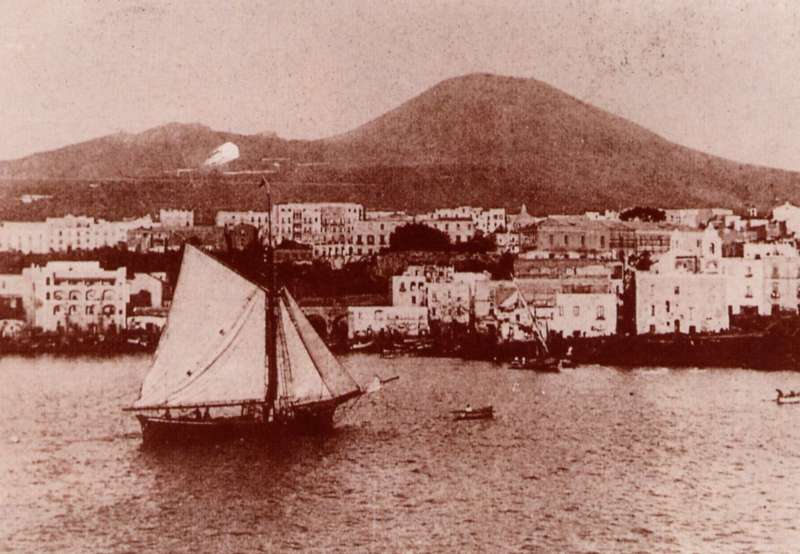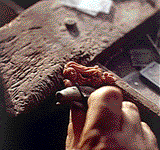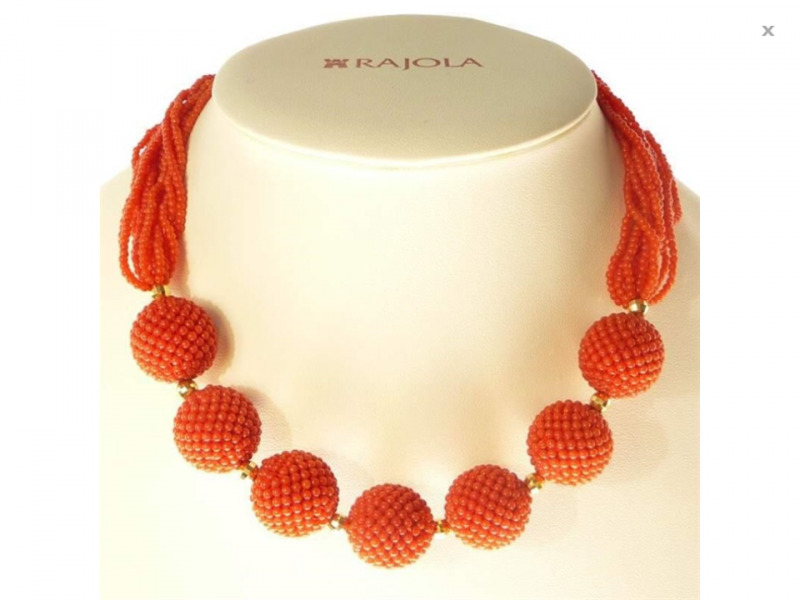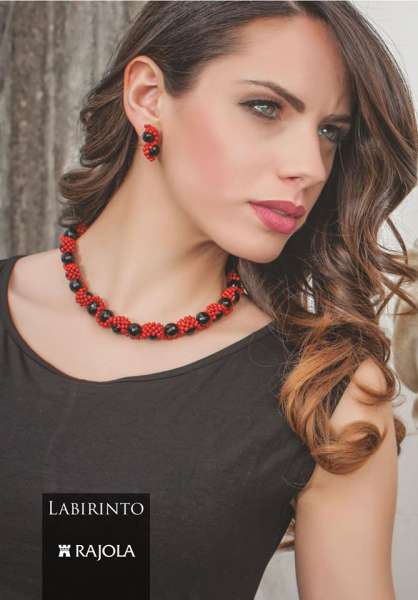Torre del Greco
The marriage between Torre del Greco and coral is almost 200 years old. They were not always easy years: crisis, problems, betrayals cheats by other towns. Like in every marriage there were good times and bad times, but all considered it is a happy, solid and lucky union. The truth is that the relationship between Torre del Greco and coral started well before 1800. Already in the 15th century the people of Torre del Greco were known as coral harvesters. We have to wait until the 17th century though, to see coral harvesting become the main town activity. We’re talking about harvesting, not working. The harvest was entirely sold at terribly low prices to the Jewish living in Leighorn and Genoa. A hard life for few rewards Very soon the first workers Martin established their own business. We mustn’t forget that Torre was counting on a a fleet of 300 “coralline” carrying on the harvesting. This coral naturally found its way to our workshops instead of those on Leighorn, Genoa, Marseille, towns that declined very soon as they were not fed by raw material.
Through many adventures, and after two world wars, Torre del Greco counts today about 4.000 people that after 2000 years hand down the art of coral and cameo working. During these 200 years there have been different periods, characterized by different styles, different fashion, and by different ways of working cora. There is a “necoclassical period”, in which the lines are sober and elegant; a “fruit-and-leaves period” characterized by the engraving of small fruits, flowers and leaves; the combination of these object with gold produced extraordinarily beautiful effects.
In the period between the two World Wars there was a serious lack of raw matter. The dwells were the waste materials used to be thrown were re-opened; in the rich periods, when the raw material was very cheap, only the better parts were used, which were easier to work. Now that the period was poor, these waste parts were good enough. This is how the fashion of “tessito” was set: little spheres, obtained by the waste coral, interwoven around a wooden sphere. It was along and hard job to interweave a sphere: coral work and weaving work. The little coral pearls had to be perfect, exactly of the same size, an then those of the same colour were selected. If the pearls were not perfeclty round, or had some flaws, or even worse, were not of the same size, it was immediately visible, as the weaving wasn’t perfectly lined up.
The same about the colour: when it wasn’t perfectly homogeneous, it was immediately visible! But when the pearls were perfect, identical by size and colour, the chomatic and plastic effect was wonderful!
In 1991 on the occasion of the “Rouge Corail” exhibition in Monaco, Rajola showed a collection of jewels made with the “tessito” technique, which excited admiration among Their Heighnesses Prince Ranieri, Prince Albert and Princess Stephanie, and also among the more than 200.000 people who visited the show.
Talking about the present, we can’t forget how important in fashion were – and are – the torchons made of several necklaces of interwoven coral spheres, which give a great effect for a good price. Besides, there were the always present dangers of sailing. The main risks, after storms and shipwrecks were the north african plunderers. They often captured entire crews, and after having robbed them of the ships and the load, they asked for money in exchange for the prisoners’ lives. This habit became so frequent that in Torre del Greco the “Pio Monte del Marinaio” was established; it was a kind of mutual aid association financed by a contribution of all the sailors (at the time they were about 4.000 out of 15.000 inhabitants). The “Pio Monte” intervened to ransom the prisoners, to support the sailors’ widows and to give their orphan daughters a dowry.
Coral working started in Torre del Greco in 1805, by a french man, from Marseille, called Martin, who moved his workshop to Torre for a good enagement and a promise made by the Bourbons that he would not pay taxes. This was the beginning of the ascent of our town. Business were going very well. Martin, who started with 30 workers in his workshop, found himself with 200 workers in a very short time.










